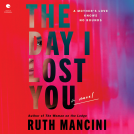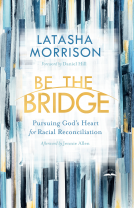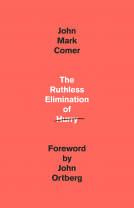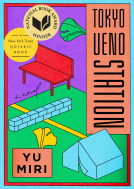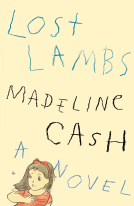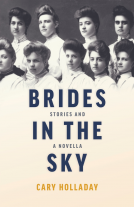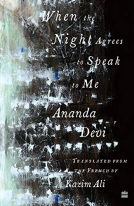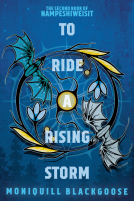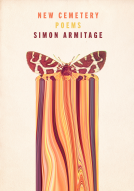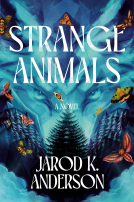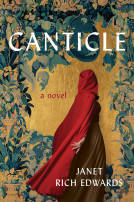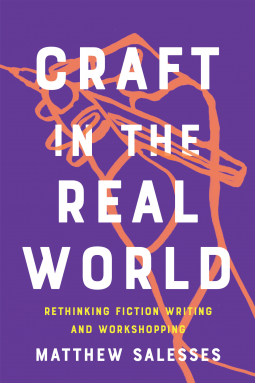
Craft in the Real World
Rethinking Fiction Writing and Workshopping
by Matthew Salesses
This title was previously available on NetGalley and is now archived.
Send NetGalley books directly to your Kindle or Kindle app
1
To read on a Kindle or Kindle app, please add kindle@netgalley.com as an approved email address to receive files in your Amazon account. Click here for step-by-step instructions.
2
Also find your Kindle email address within your Amazon account, and enter it here.
Pub Date Jan 19 2021 | Archive Date Jan 19 2021
Talking about this book? Use #CraftintheRealWorld #NetGalley. More hashtag tips!
Description
The traditional writing workshop was established with white male writers in mind; what we call craft is informed by their cultural values. In this bold and original examination of elements of writing--including plot, character, conflict, structure, and believability--and aspects of workshop--including the silenced writer and the imagined reader-- Matthew Salesses asks questions to invigorate these familiar concepts. He upends Western notions of how a story must progress. How can we rethink craft, and the teaching of it, to better reach writers with diverse backgrounds? How can we invite diverse storytelling traditions into literary spaces?
Drawing from examples including One Thousand and One Nights, Curious George, Ursula K. Le Guin's A Wizard of Earthsea, and the Asian American classic No-No Boy, Salesses asks us to reimagine craft and the workshop. In the pages of exercises included here, teachers will find suggestions for building syllabi, grading, and introducing new methods to the classroom; students will find revision and editing guidance, as well as a new lens for reading their work. Salesses shows that we need to interrogate the lack of diversity at the core of published fiction: how we teach and write it. After all, as he reminds us, "When we write fiction, we write the world."
Advance Praise
"A fresh view of teaching craft to writers of diverse backgrounds . . . An insightful guide for readers, writers, and instructors from all walks of life." —Kirkus Reviews
"This book is a gift to those writers who've felt the tilt of imbalanced power in a workshop, who've wondered whose rules they're following when they write and why, who've struggled to tell their stories within a narrow and restrictive tradition. With empathy and keen insight, Matthew Salesses delivers an unflinching critique of the pedagogy of creative writing's old guard—and models a way of studying and communicating craft that is self-aware, socially engaged, and thrillingly alive." —Alexandra Kleeman, author of Intimations
"This is exactly the book we need right now—a vital corrective to the myth that craft is a neutral, objective category unaffected by historical or cultural context. Matthew Salesses explores how beliefs about 'good' writing are profoundly marked by race, class, gender, sexuality, ability, and national identity; and he offers concrete strategies for liberating our classrooms and writing practices from the straight-white-male default gaze. I will recommend Craft in the Real World to every writer and teacher I know."—Leni Zumas, author of Red Clocks
"Craft in the Real World is an instant essential book. Every writer, every writing teacher, every critic, every reviewer, anyone interested in how language works needs to read this. Now."—Beth Nguyen, author of Stealing Buddha's Dinner
"Our students put their hearts on pages and they hand those pages to us. It's a profound act of trust and Matthew Salesses shows us how to be worthy of it. Craft in the Real World is required reading for writers, writing teachers, and everyone who loves language and what it can accomplish in our beautiful, complicated world."—Megan Stielstra, author of The Wrong Way to Save Your Life
"Astounding in its research and the case it makes for craft, Craft in the Real World asks writers and teachers of writing to claim our place as conscious participants in and makers of culture."—Tiphanie Yanique, author of Land of Love and Drowning
"Brilliant. Essential. This book will—and should—change creative writing workshops forever." —Joy Castro, author of Hell or High Water
"With Craft in the Real World, Matthew Salesses has created a tremendous resource for anyone hoping to write fiction or teach fiction writing. It tackles head-on how craft has often been taught in the United States, and like the best teachers, it provides a practical path for much needed reform and improvement. This book teaches us how to ask better questions of our craft, our work, our workshops, and of each other. To have all of this pedagogical brilliance and thoughtfulness in one book is a gift." —Jennine Capó Crucet, author of My Time Among the Whites
Available Editions
| EDITION | Other Format |
| ISBN | 9781948226806 |
| PRICE | $16.95 (USD) |
| PAGES | 256 |
Links
Average rating from 11 members
Readers who liked this book also liked:
We Are Bookish
Mystery & Thrillers, OwnVoices, Teens & YA


